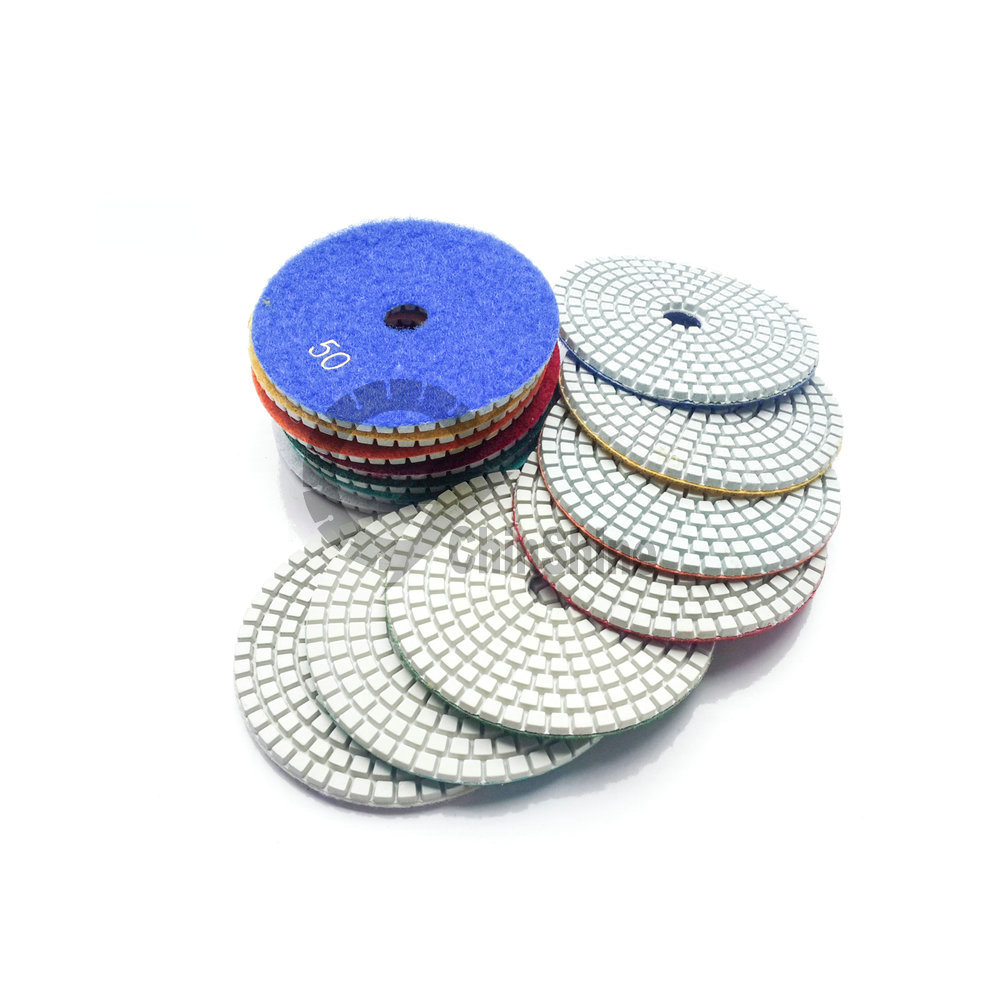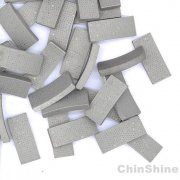
The sole purpose of a saw and all its parts is to turn the blade in the cut. The performance of the blade is the most important consideration for cutting concrete, and professional operators know how to maximize blade life while getting the highest level of production.
The life of a blade or bit and the speed at which it cuts depends on a number of conditions. For manufacturers to specify the proper blade or bit for a job, they must be informed of these conditions. It is important for operators to recognize these variables and understand how various combinations of and changes in these conditions can affect blade performance. The following factors have the most influence on concrete cutting.
Type of aggregate. The type of aggregate has a pronounced effect on cutting. Hard aggregates shorten blade life and slow the cutting rate. So cutting concrete with a hard aggregate, such as quartz, will cost much more than cutting concrete with a soft aggregate, such as limestone. Cutting concrete composed of hard aggregates also requires more power. If there is not enough power, bit speed or blade speed should be reduced.
Blades and bits used to cut hard aggregates should have segments with tough diamonds and soft metal bonds. Otherwise, the diamond particles will wear down even with the bond, and the blade or bit will become glazed and unable to cut. Likewise, segments for cutting soft aggregates should have hard metal bonds so that the diamond particles are not lost before their cutting life is used up. Aggregate hardness can be measured using the Mohs Scratch Test, the Los Angeles AbrasionLoss Test or the Shore Hardness Test.
The size of aggregate is also an important consideration. Concrete made with 2inch flint aggregate will be extremely difficult to cut, but concrete with 12inch flint aggregate may be sawed easily. This is because there is more coarse aggregate per unit volume of concrete when a larger maximum size aggregate is used.
Reinforcing steel. It costs more to cut concrete that contains reinforcing steel because blade life or bit life is shorter and cutting rates are slower. If the crosssectional area of the concrete core is 1 percent steel, bit life will be about 75 percent of what it would have been if no steel were present. Concrete with 3 percent steel will reduce bit life by about 90 percent. In tests that assumed time costs of $30 per hour, total drilling cost increased about $2.50 per foot for every 1 percent increase in steel content.
Tip: When steel is encountered, reduce bit speed or blade speed and decrease water flow. Sometimes using interrupted pressure on a drill bit seems to speed cutting as well.
Operating speed. To keep blades from distorting at high speeds, manufacturers create blades in the form of a dish that will straighten when the blade is rotated at optimum speed. The dishing is small, about five ten-thousandths of an inch per inch of diameter. If the designed speed is not achieved, the blade will tend to wander as cutting commences. This dishing is called tensioning. When a blade is said to be out of tension, the amount of dish is not correct and the blade wobbles from side to side while out of the cut and wanders in the cut. An out-of-tension blade cannot be made to cut a straight line.
CLICK HERE FOR MORE INFORMATION
Manufacturers usually list the recommended operating speed directly on the blade. Recommended operating speeds for diamond blades are based on the blade size and the type of material to be cut. For optimum blade life and cutting speed, the actual operating speed will most likely have to be adjusted for the type of aggregate and the amount of steel encountered. Safe operating speeds can range from 4,536 rpm for an 8-inch-diameter blade down to 756 rpm for a 48-inch-diameter blade.
When in doubt about the correct operating speed for a particular material, choose a lower speed rather than a higher speed. Then, if the blade cuts well, try increasing the speed to improve blade life. To cut softer and more abrasive materials, use a faster operating speed, faster forward speed and more water. If sparks fly from the perimeter of the blade when cutting plain concrete, slow the blade and use more water. If the blade still sparks, it may have to be replaced with a blade that has softer bond segments. Blades with hard bond segments will cut more freely and stay sharp longer if they are operated at slower speeds.
In general, higher operating speeds tend to lengthen blade life and slow cutting. Attaching a tachometer to the machine’s blade shaft can check machine speeds.
Warning: Never operate a blade or bit above the maximum or “Do Not Exceed” rpm stamped on the blade or bit. Failure to comply can result in injury or death.
Cutting depth. The depth of cut should be adjusted so that a forward speed of 8 to 10 fpm (feet per minute) can be maintained.
Coolant. Water or some other type of coolant must be used to cool most diamond blades. If not enough water is used, the swarf, or fine particles, will not be removed from the cut quickly. This is a common cause of undercutting, which occurs when the abrasive particles from the cut wear away the part of the steel core where the diamond segments are attached. Without sufficient water, the core will also overheat, causing cracks and premature loss of segments. To minimize blade wear, an adequate volume of water is essential. The water flow for cooling drill bits should be at least a 12 gpm, and the water flow for saw blades should be between 113 and 235 gpm.
Horsepower. If a blade or bit is used with a machine that does not have enough horsepower to drive it, the cutting tool will merely rotate. Diamond particles will be sheared off and the blade or bit will become glazed. Core drills range from 2 to 20 hp flat saws from 8 to 75 hp and wall saws from 10 to 35 hp. In selecting a blade or bit, manufacturers should be told what the horsepower of the machinery is. Blades with soft bonds will break down faster if used with highhorsepower equipment. Blades with hard bond segments, on the other hand, will cut better when used on highhorsepower equipment.
Previous:Blade Basics Next:Cut hard materials smoothly using turbo blades
Thank you for your interest in the above content, please leave us inquiry, you can expect a response within 24 hours.
Required fields are marked *
|
|
|
|





